Matt Baughman
Flight: A FaaS-Based Framework for Complex and Hierarchical Federated Learning
Sep 24, 2024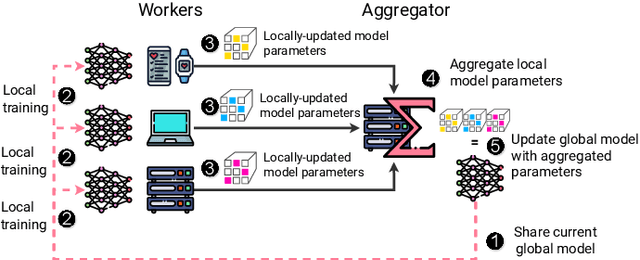

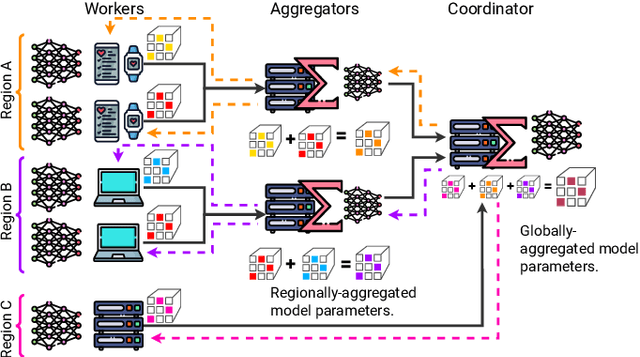
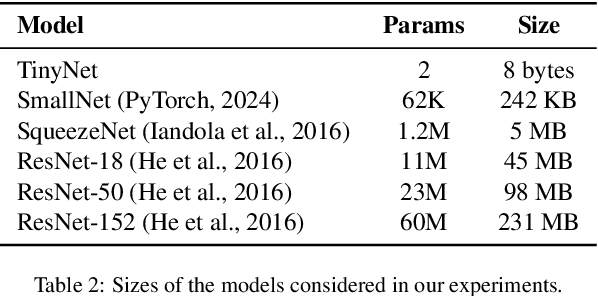
Abstract:Federated Learning (FL) is a decentralized machine learning paradigm where models are trained on distributed devices and are aggregated at a central server. Existing FL frameworks assume simple two-tier network topologies where end devices are directly connected to the aggregation server. While this is a practical mental model, it does not exploit the inherent topology of real-world distributed systems like the Internet-of-Things. We present Flight, a novel FL framework that supports complex hierarchical multi-tier topologies, asynchronous aggregation, and decouples the control plane from the data plane. We compare the performance of Flight against Flower, a state-of-the-art FL framework. Our results show that Flight scales beyond Flower, supporting up to 2048 simultaneous devices, and reduces FL makespan across several models. Finally, we show that Flight's hierarchical FL model can reduce communication overheads by more than 60%.
Trillion Parameter AI Serving Infrastructure for Scientific Discovery: A Survey and Vision
Feb 05, 2024
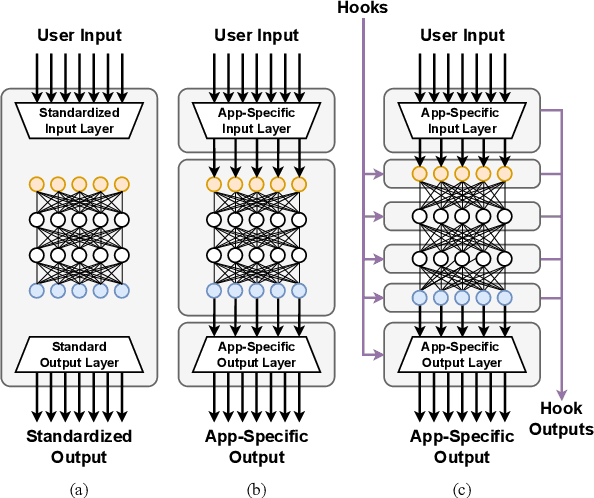
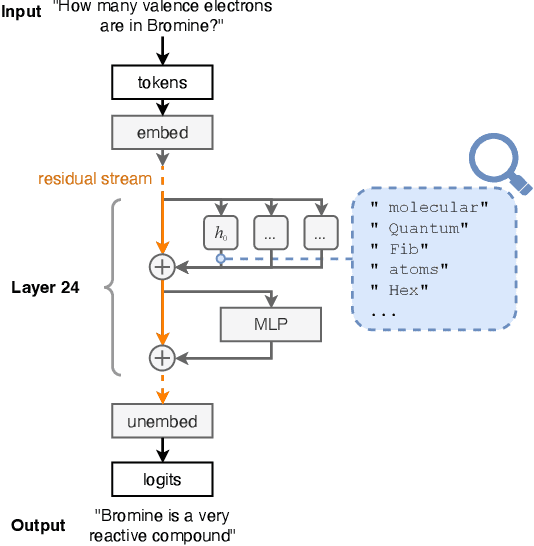
Abstract:Deep learning methods are transforming research, enabling new techniques, and ultimately leading to new discoveries. As the demand for more capable AI models continues to grow, we are now entering an era of Trillion Parameter Models (TPM), or models with more than a trillion parameters -- such as Huawei's PanGu-$\Sigma$. We describe a vision for the ecosystem of TPM users and providers that caters to the specific needs of the scientific community. We then outline the significant technical challenges and open problems in system design for serving TPMs to enable scientific research and discovery. Specifically, we describe the requirements of a comprehensive software stack and interfaces to support the diverse and flexible requirements of researchers.
Hierarchical and Decentralised Federated Learning
Apr 28, 2023Abstract:Federated learning has shown enormous promise as a way of training ML models in distributed environments while reducing communication costs and protecting data privacy. However, the rise of complex cyber-physical systems, such as the Internet-of-Things, presents new challenges that are not met with traditional FL methods. Hierarchical Federated Learning extends the traditional FL process to enable more efficient model aggregation based on application needs or characteristics of the deployment environment (e.g., resource capabilities and/or network connectivity). It illustrates the benefits of balancing processing across the cloud-edge continuum. Hierarchical Federated Learning is likely to be a key enabler for a wide range of applications, such as smart farming and smart energy management, as it can improve performance and reduce costs, whilst also enabling FL workflows to be deployed in environments that are not well-suited to traditional FL. Model aggregation algorithms, software frameworks, and infrastructures will need to be designed and implemented to make such solutions accessible to researchers and engineers across a growing set of domains. H-FL also introduces a number of new challenges. For instance, there are implicit infrastructural challenges. There is also a trade-off between having generalised models and personalised models. If there exist geographical patterns for data (e.g., soil conditions in a smart farm likely are related to the geography of the region itself), then it is crucial that models used locally can consider their own locality in addition to a globally-learned model. H-FL will be crucial to future FL solutions as it can aggregate and distribute models at multiple levels to optimally serve the trade-off between locality dependence and global anomaly robustness.
 Add to Chrome
Add to Chrome Add to Firefox
Add to Firefox Add to Edge
Add to Edge